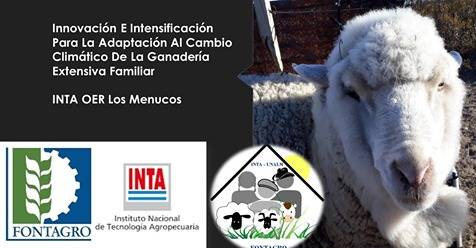Sale of lamb meat in the Southern Line of the Province of Río Negro, Los Menucos Technical Office

Sheep production in the southern region of the Province of Rio Negro, Argentina, has historically focused on wool and, to a lesser extent, meat. Both products make up value chains that are differentiated by production processes and marketing methods. While wool has a clear and transparent marketing channel, the formal market for meat is difficult for family producers to access. The marketing of sheep meat by family producers is characterized by "live" sales on the farm, in an informal manner, and generally by barter, exchanging lambs for firewood or fodder.
One of the objectives of the FONTAGRO project "Adaptation of extensive family livestock farming to climate change" is to promote the sale of family livestock farming products in short marketing circuits. This means supporting joint sales by producers at local fairs, bringing producers and consumers closer together so that consumers can buy a quality product at a fair price, and can directly recognize the efforts of family producers. Producers benefit from a higher income for their product and are satisfied with the use of formal marketing channels.
From INTA's Technical Office in Los Menucos, Río Negro, and within the framework of the FONTAGRO project, a group of 6 family producers from Los Menucos was promoted to carry out in December 2019 an associative experience of meat commercialization in the local market, offering different types of products.
Thus arose a local inter-institutional work, where the Secretary of Production of the Municipality of Los Menucos participated and accompanied by the technicians of the INTA Technical Office of Los Menucos together with the producers organized five local fairs, between the months of December 2019 and March 2020, with direct sales from the producer to the consumer. The Municipality provided the commercial habilitation of the sales space and organized the slaughtering shifts at the local slaughterhouse, while working agreements were made with the group of producers to plan the entry of animals, selection and price agreements. Sales to the public were made at a butcher's shop owned by one of the participating producers.




